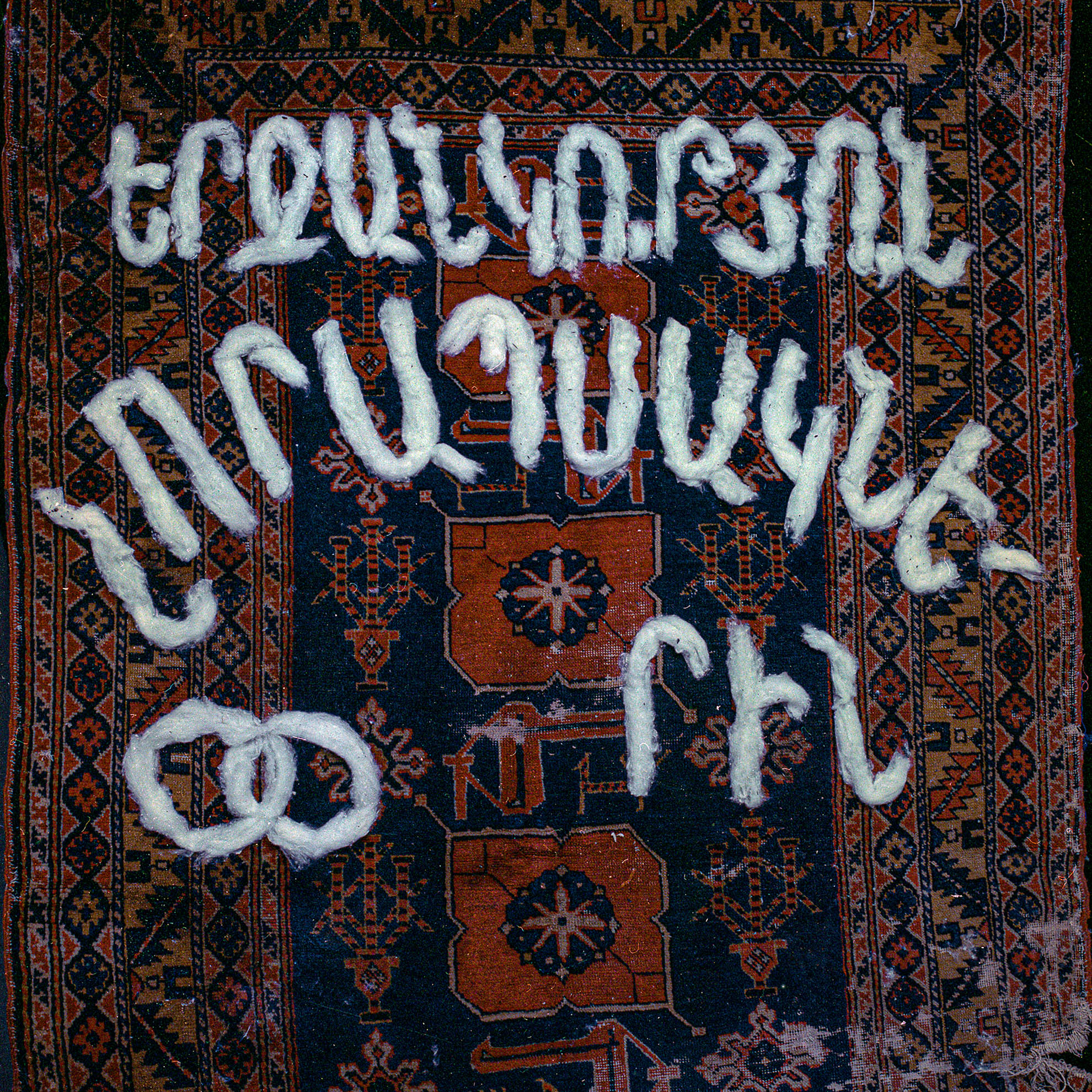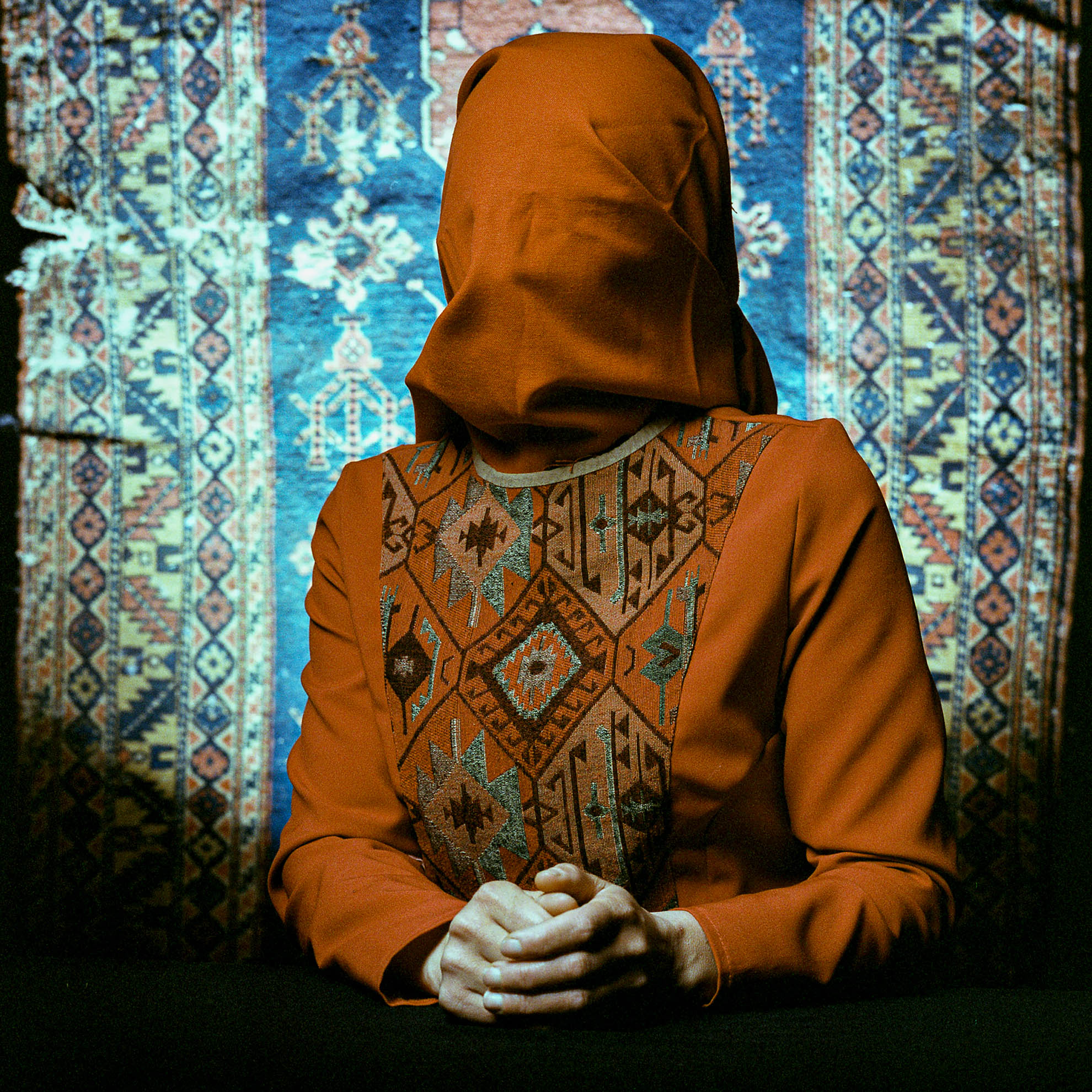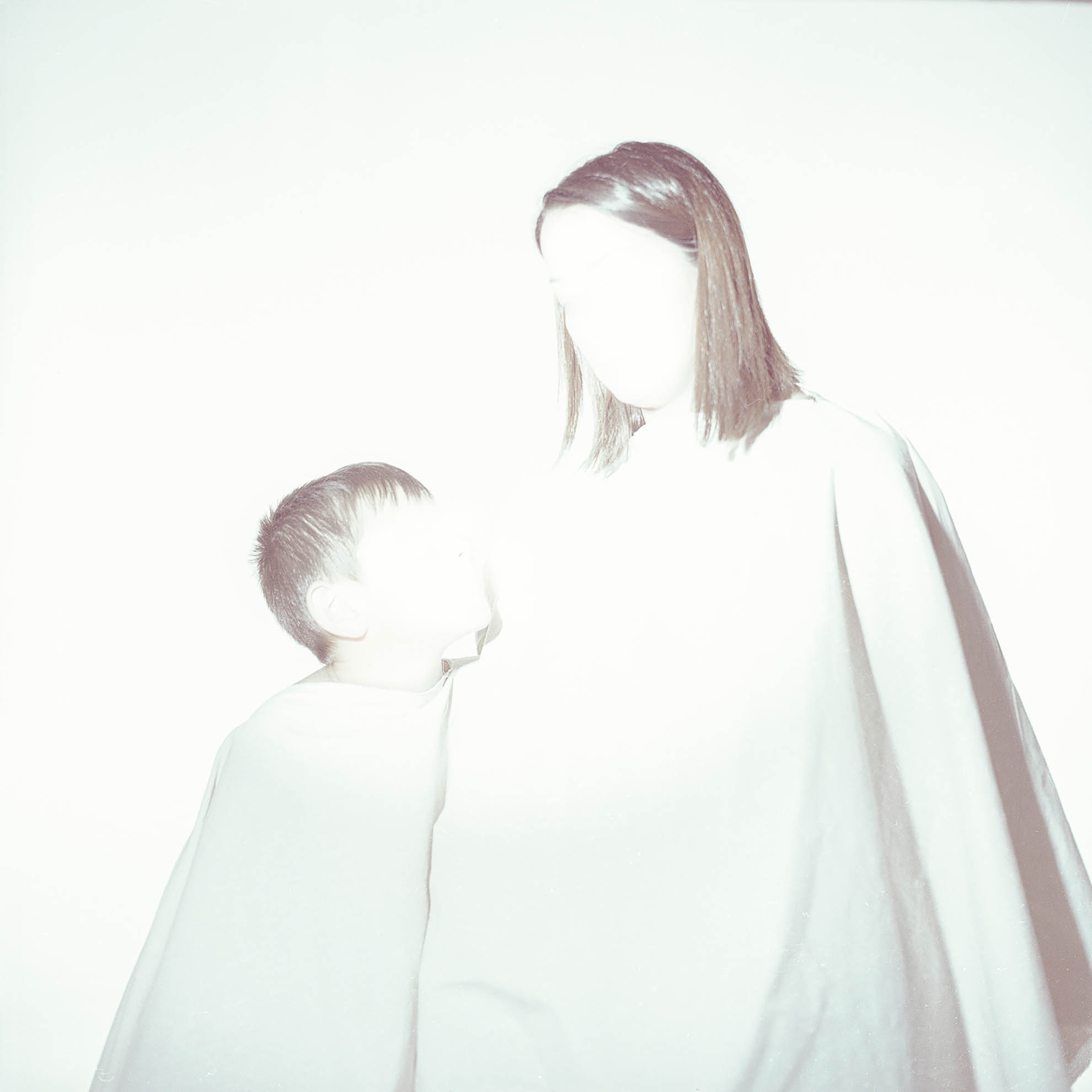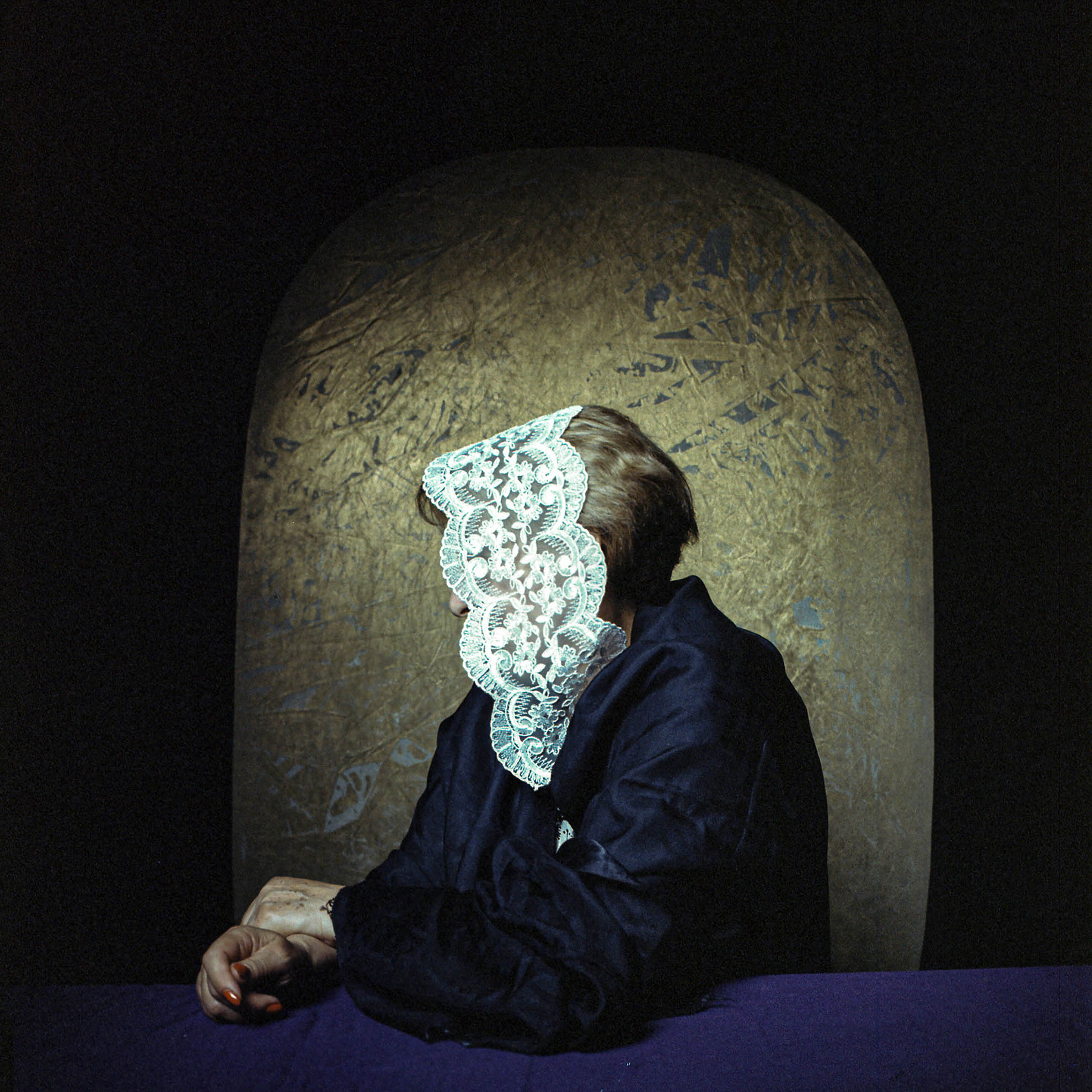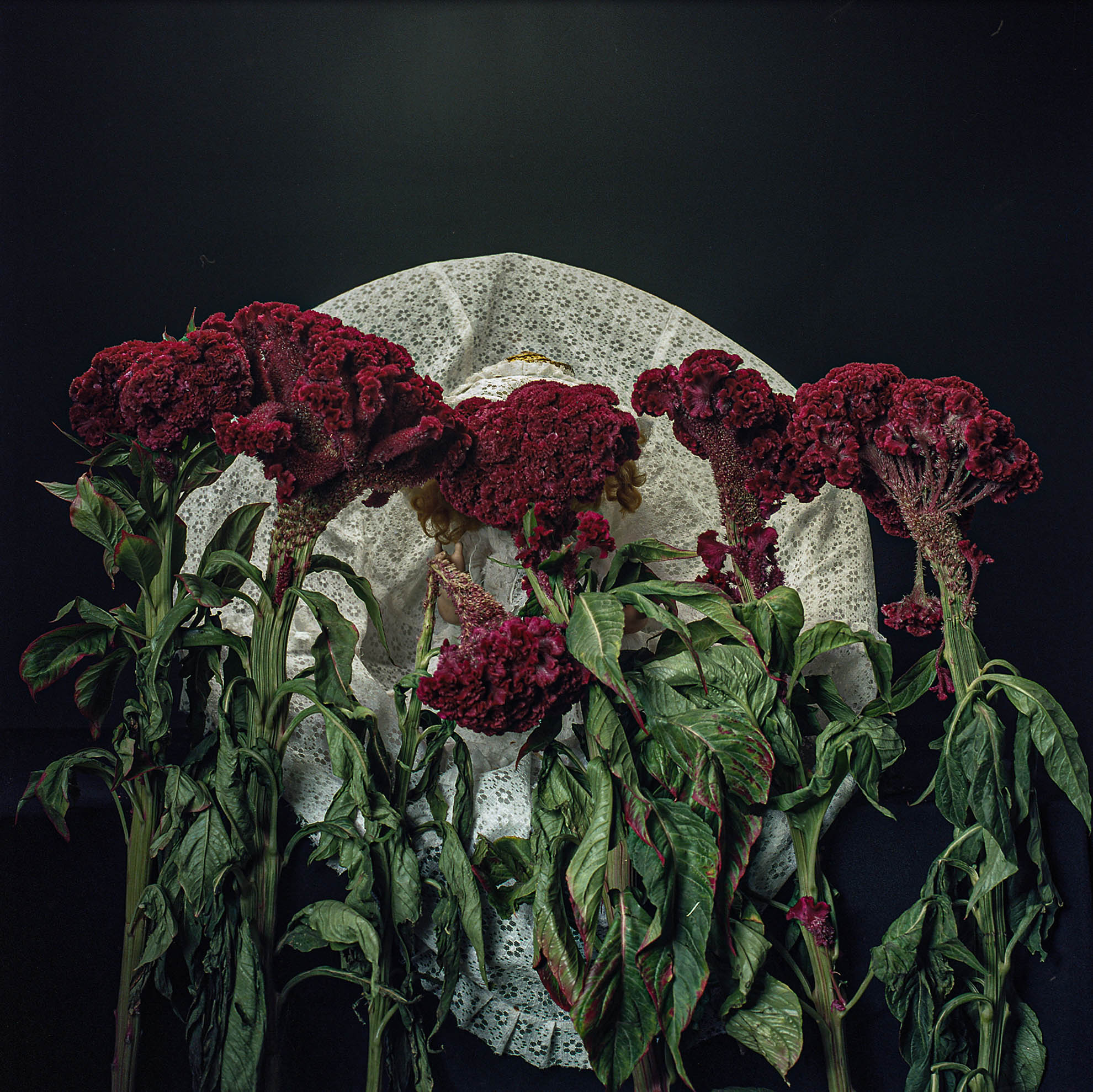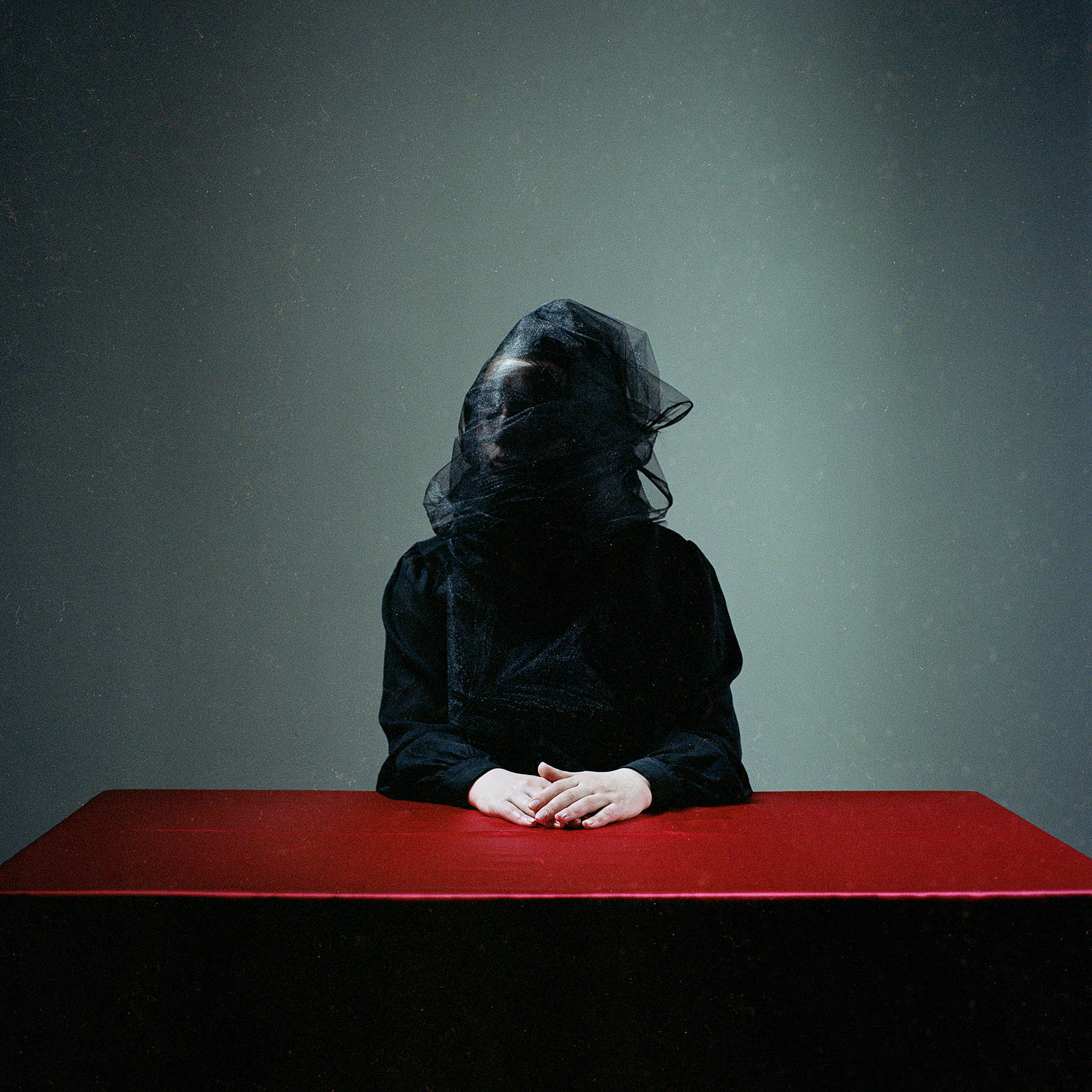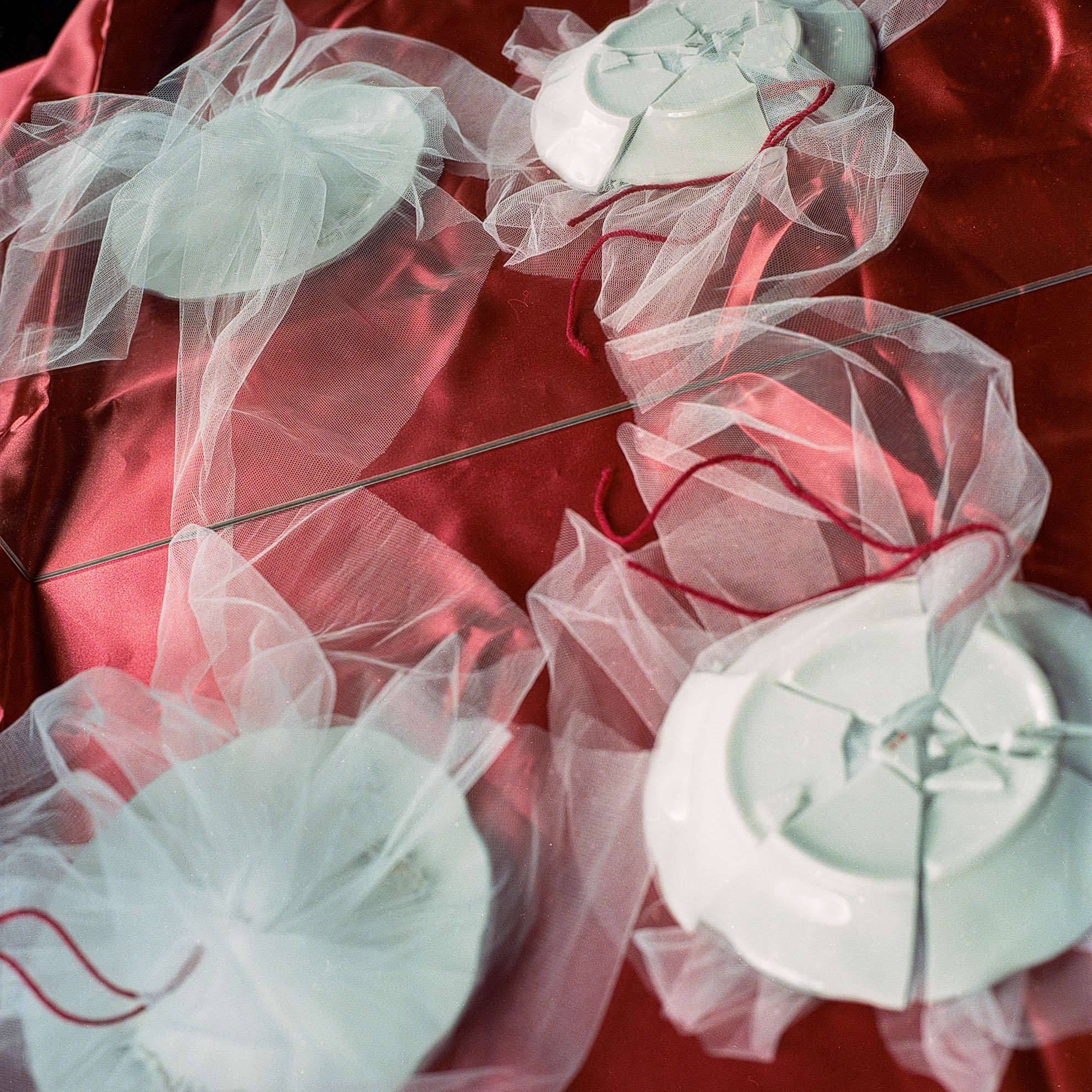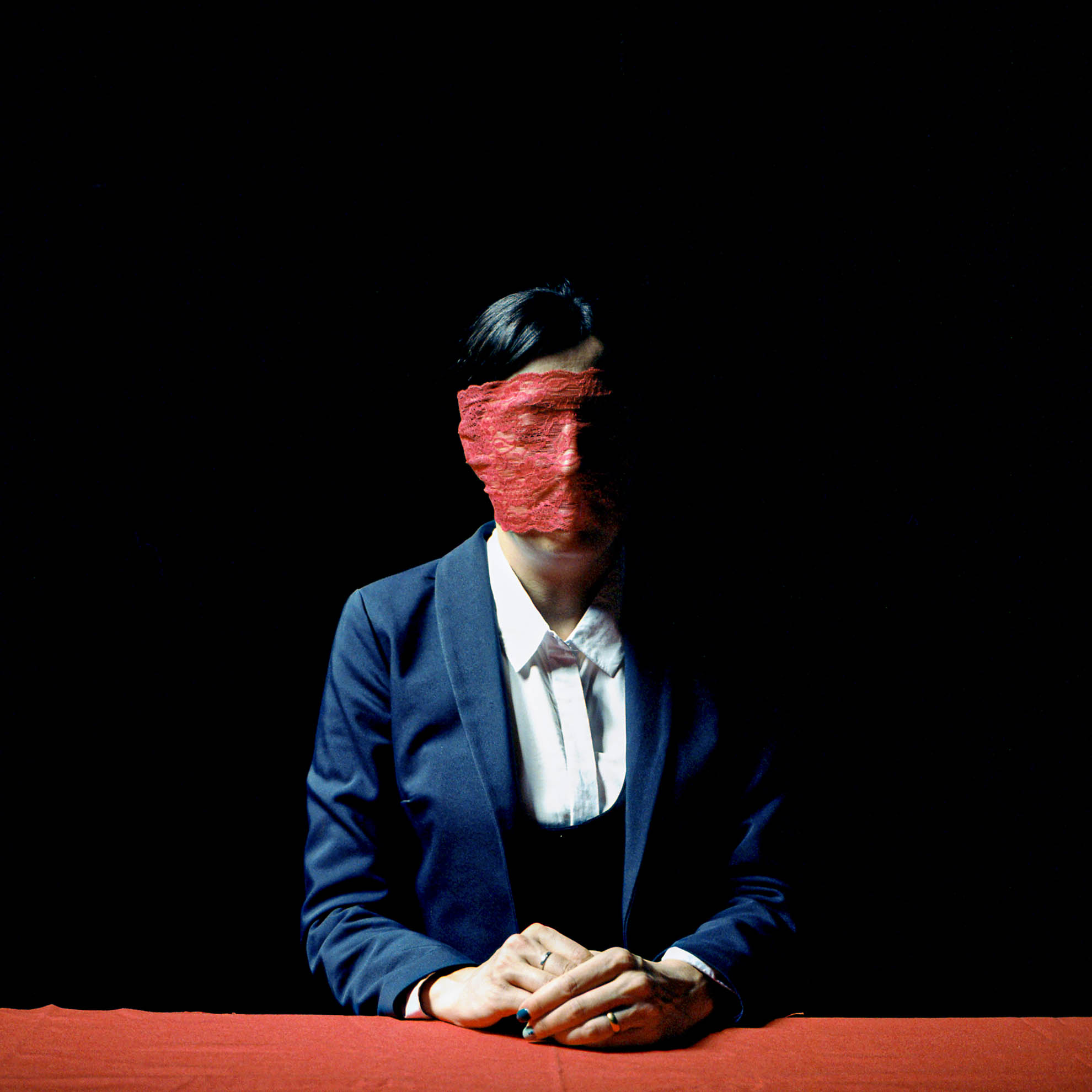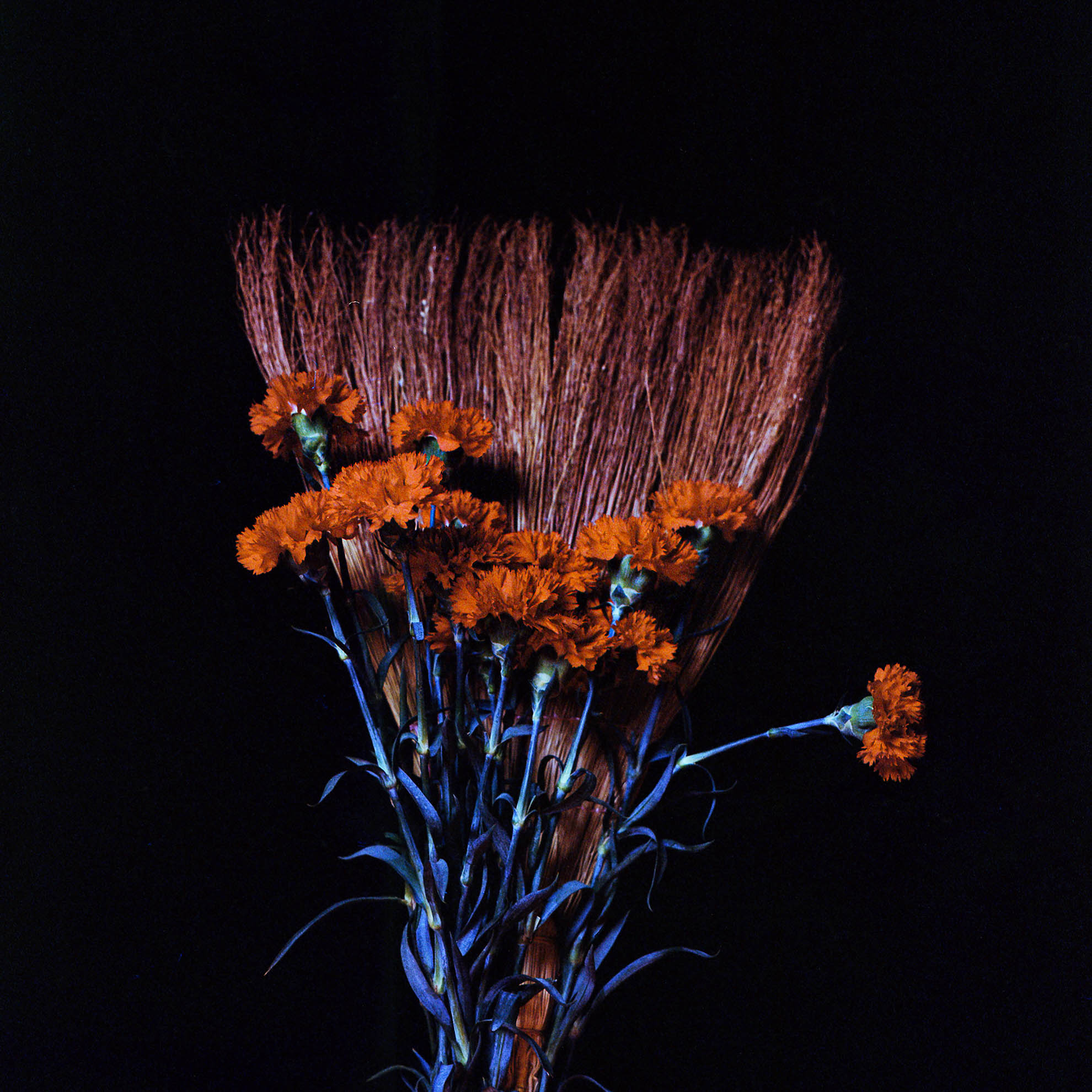Presentation
“Red Black White,” is a project about several women’s destinies that have changed dramatically due to the diagnosis of HIV, often acquired in marriage.
Women living with HIV in Armenia are ordinary citizens coming from traditional families. Due to poor socioeconomic conditions, many Armenian men spend a large part of the year working abroad, primarily in Russia. Due to circumstances such as lack of knowledge and the vulnerability of migrants, those men acquire STDs or HIV, which they transfer to their wives. Many women discover their condition after they become pregnant and get tested.
According to the National Center for Infectious Diseases (CJSC), there were 4,317 registered cases of HIV infection in March 2021 of which 30.6%, or 1,292, were females. Heterosexual transmission is the major route of disease spread, and 93.7% of women living with HIV acquired the infection from their husbands. The majority of cases were registered among women aged 20-29.
This disease is surrounded by silence and hostility. In Armenia, it is a very delicate subject to deal with, because it is not limited to HIV alone. It took me a long time to find a way to present the victims safely, without anyone being able to identify them. By building trusting relationships, while going through doubts and fears, the project aims to give voice to these silent women and make visible the social injustice entangled in tradition, cultural codes, patriarchy, and lack of choice.
Yerevan, Armenia, 2020-2021.
Biography
A documentary photographer, she began her career in agencies and magazines in her native Armenia. Only four years after finishing her studies at Caucasus Media Institute in the Armenian city of Yerevan, she won the top award and first prize in the People and Faces category of the Karl Bulla International Photo Contest with her work Survivors. In 2011, she won the Human Rights and Photography grant from the Magnum Foundation, which was a turning point in her career and allowed her to grow as a documentary photographer. Her work has been exhibited in Armenia, the USA, China, Hong Kong, India, and Russia and has been published in international media such as The New York Times Lens, Der Spiegel, Le Monde, Politiken or WOZ, and The Funambulist magazines.
